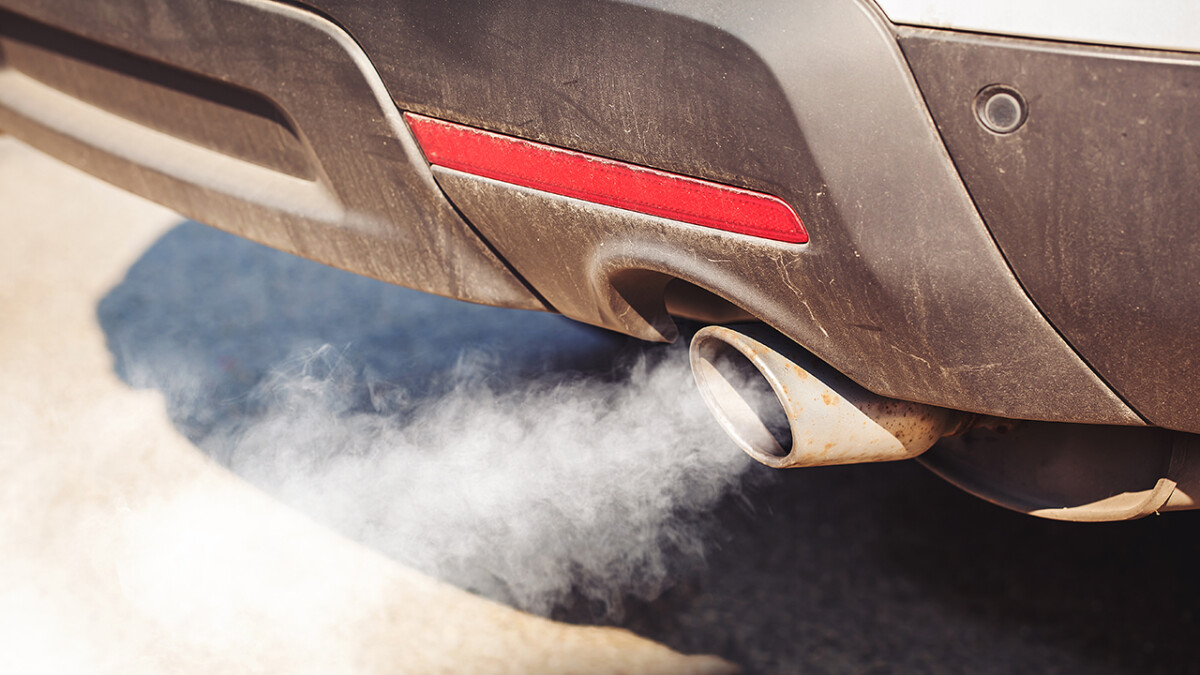Thermal burns occur by directly contacting heated objects like hot water, candle wax and exhaust pipes. These burns are separated into six categories: scalds, thermal contact burns, electrical burns, chemical burns, radiation burns and burns caused by fire. At Burn and Reconstructive Centers of America (BRCA), 85% of all burn injuries treated are thermal burns.
What is an exhaust burn?
From dirt bikes and ATVs to cars and motorcycles, all combustion engines have at least one exhaust pipe to release the fumes produced by the engine. Exhaust pipes are typically at the back end of cars under the bumper. However, on ATVs, motorcycles and dirt bikes, the exhaust pipes can be on the sides of the vehicle near where your legs go. These metal pipes heat up while sitting outside in the sun or driving the vehicle. If drivers, passengers or children come into contact with the exhaust pipe, they can suffer severe thermal contact burns.
How should you care for an exhaust burn?
Most exhaust pipe burns are third-degree burns to the ankles, calves or hands. While the driver is susceptible to exhaust pipe injuries, it is more common for children and passengers to suffer exhaust burns.
To treat first-degree burns at home:
- Stop the burning process by rinsing the area with tepid or slightly warm water.
- Wash the area with gentle soap and tepid water by dabbing the area with sterile gauze.
- Cover the area in a cooling aloe gel or lotion.
- Take a pain reliever and an anti-inflammatory for pain and swelling.
We recommend using cooling compresses over ice packs when caring for first-degree burns to avoid the development of frostbite or further injuring the skin.
To treat minor second-degree burns at home:
- Stop the burning process by briefly rinsing the area with tepid water.
- Wash the area with gentle soap and tepid water by dabbing the area with sterile gauze.
- Spread an antibiotic ointment or burn salve onto a sterile non-stick dressing and apply it to the area.
- Wrap the area loosely with a gauze wrap so there is no pressure on the burn but tightly enough that the dressing does not fall off.
- Take a pain reliever as needed for pain.
Please be wary of blistering. Blistering is common with second-degree burns, and it is recommended that they remain intact. If the blisters are already open, gently clean the area and keep the wound bed as sterile as possible by applying an antimicrobial or antibacterial ointment.
No matter how small, third-degree burns are considered medical emergencies, and treatment should be sought immediately.
When is an exhaust burn considered an emergency?
Exhaust burns are more likely to be severe (second-degree and third-degree) burns than they are to be minor burns, especially if a child is involved. You are advised to seek medical attention if:
- A child has been burned
- The burn is located on your hands or feet
- The second-degree burn is larger than the palm of your hand
- You suffer a third-degree burn
- There are signs of infection
The signs of a burn infection include:
- Abnormal drainage
- Change in skin or tissue color
- Foul odor
- A fever
- Pain in the wound and surrounding areas
- Pain in other areas
How can you help prevent exhaust burns?
Safety should be a priority whether the vehicle is used for recreational, personal or commercial purposes. Those driving motorcycles are advised to follow all of their state’s laws and regulations regarding motorcycle safety, including wearing a helmet, wearing shoes, etc. Along with that, motorcyclists are some of the least protected motorists on the road in physical vulnerability. Falling off a moving motorcycle or getting into a motor vehicle crash can lead to serious friction burns. Because of this, motorcyclists should wear motorcycle breeches and armored jackets. Wearing pants, long socks or boots and jackets can help protect the legs from exhaust pipe burns and provides a layer of protection from severe friction burns caused by accidents. Before riding with a passenger, ensure they wear the same attire and point out the location of the exhaust pipe and other risks that have the potential to affect their wellbeing. For those with young children, be sure to keep them at a safe distance from motorcycles and cars as they tend to grab exhaust pipes and burn their hands, not knowing they are hot.
Further Information
While exhaust pipe burns are a form of thermal burn, motorcyclists are also at an increased risk of friction burns. Friction burns are a hybrid of blunt trauma and heat worsened by high speed. A rub burn or a friction burn is a wound caused by the skin coming into contact with an abrasive surface when either the person or the surface moves at high speed, resulting in rubbed raw, burned, blistered or deeply wounded skin.
If you are concerned about the severity of your burn or the state of your burn wound, please get in touch with BRCA’s 24/7 Burn Information Services hotline at (855) 863-9595 to speak with a provider or to make an appointment.
For more information on thermal burns, please click here.
For more information on friction burns, please click here.
